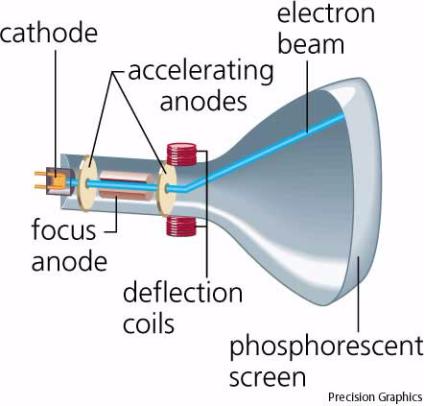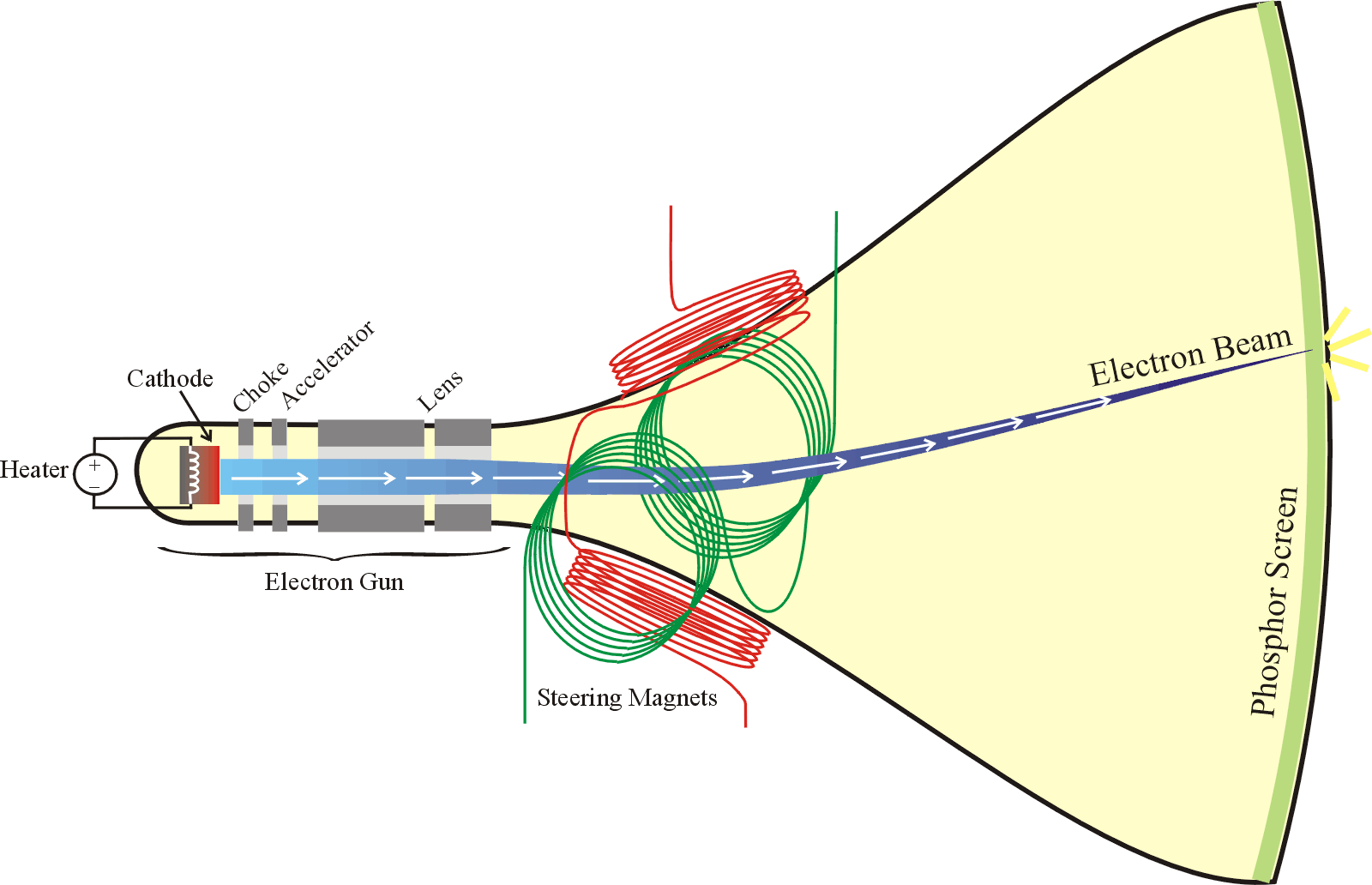

- #CATHODE RAY TUBES RECYCLE HOW TO#
- #CATHODE RAY TUBES RECYCLE TV#
- #CATHODE RAY TUBES RECYCLE DOWNLOAD#
The WEEE centre is interested in exploring alternative uses of the CRTs either in their existing state or new state after processing.Ĭlick here to download the challenge brochure. Research has shown it is possible to use CRT waste to create a raw material for building components (e.g. The WEEE Centre is looking to find solutions for using the materials and components from the lead embedded CRT screens and steering coils. There is a clear need to deal with this increased e-waste to prevent future environmental impacts associated with improper disposal. The WEEE Centre currently processes around 250 tonnes of CRTs per year, anticipating that CRT processing will increase to potentially 500 tonnes per year, mostly containing plastic and glass. As of today, many states and cities has a cathode ray tube recycling programs, where they take the end of life CRT's and TV's and handle it to the proper recycler to deal with, we assume that with the large volumes they supply these recycling companies they are almost able to just handle it to them, some others probably has to pay in order to di. cases, glass, plastics), which are stored in 40ft containers. In recent years, weve started to replace cathode ray tubes with LCD displays, leaving consumers with unwanted monitors taking up space. Lead is also toxic for other animal cells and plants (Menad, 1999Menad, N., Cathode ray tube recycling, Resources, Conservation and Recycling, 26(3), 143-154 (. The improper disposal of CRTs can lead to a significant negative environmental impact.Ĭurrently, CRTs are taken apart via a machine that separates them into different components (e.g. The average CRT contains approximately 6lbs of lead and, depending on the age of the TV, cadmium, phosphorus, mercury, and beryllium. Characteristics of waste CRT A cathode ray tube or CRT is a specialized vacuum tube in which images are produced when an electron beam strikes a phosphorescent surface.

Those CRTs are bulky and contain hazardous elements which makes their disposal process complex. The recycling of cathode ray tube (CRT) televisions and computer monitors is a major challenge in Kenya.
#CATHODE RAY TUBES RECYCLE HOW TO#
New technologies are constantly replacing old electronic devices, creating challenges in how to dispose of the old ones. Thankfully, we are still here to help if you have any questions.Electronic waste is one of the fastest growing waste streams in the world. Is it a style that you could hang on the wall? Good news-you don’t have a tube/CRT TV.Does it have a deep back on it? Likely it’s a tube/CRT. Sims Recycling Solutions shows how cathode ray tubes from computer monitors and televisions are recycled to recover leaded and unleaded cullet glass for use in.It doesn’t “give a little” like a flat-screen plasma would. If you knock on the front, it’s a hard glass. The main barrier to recycling CRTs is the perceived lack of applications for glass which contains high levels of lead oxide and other undesirable metal oxides.
#CATHODE RAY TUBES RECYCLE TV#
So in case you want to know if you have a tube TV even before you call, there are a few key indicators: The production rate is expected to continue to increase beyond the next fews years. And if you’ve ever wanted to learn about how a CRT actually works, check out the How Stuff Works post about them. The cathode ray tube (CRT) in computer monitors contains some hazardous materials such as lead, cadmium and mercury, which is why the disposal of outdated or broken CRTs is a serious and costly problem. While virtually no one in the United States buys CRTs anymore, CRTs still make up a significant amount (often over 60%) of what we collect at electronics recycling events. These require special handling, which is a service we have to pay for (requiring us to pass on that charge to you). Typical CRT TVs or monitors each contain 4-8 pounds of lead in the glass tube, and the inside of the tubes get coated with toxic phosphor dust. While many don’t realize, inside that clunky glass tube is lead, mercury, and many other toxins that need to be handled properly. The leaching efficiency of Y and Eu were 28.15 and 35.92, respectively, when using 0. We never want to surprise a customer with sticker shock at time of drop-off. The current study investigated leaching of yttrium (Y) and europium (Eu) from waste cathode ray tube (CRT) phosphor by subcritical water extraction (SWE). The reason we ask is that those tube-style, also known as CRT (Cathode Ray Tube), are very difficult to responsibly recycle and therefore we need to charge accordingly. When a lovely voice asks if we recycle TVs, our next question is if it’s one of those old tube-style with the clunky glass front or if it’s the newer flat panel. There isn’t a day that Repowered doesn’t receive a call asking about TV recycling.


 0 kommentar(er)
0 kommentar(er)
